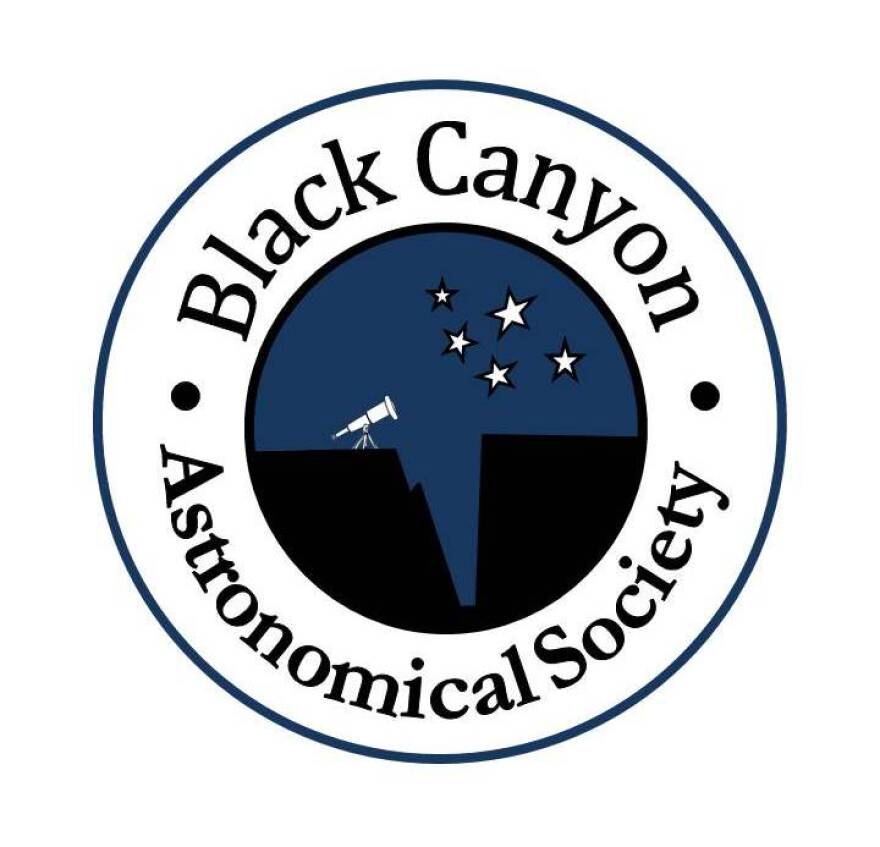A starry night sky sparkles with mysteries, such as whether Earth is the only inhabited planet. Are we alone?
In recent years, astronomers have developed some ingenious tools for discovery. The Transiting Exoplanet Survey Satellite (or TESS,) is a great example, having just finished its initial two-year mission in 2020. From its orbit around Earth, TESS surveys the brightest dwarf stars across the local sky for exoplanets, meaning planets outside our solar system. Dwarf stars are smaller stars, like our own sun, a yellow dwarf star. So far, TESS has found 66 confirmed new exoplanets, and identified over 2000 more candidates for further study.
One TESS Object of Interest (TOI), now confirmed as exoplanet TOI-561 b, is the oldest rocky planet found so far, and only 50% larger than Earth. The planet is part of a system with at least two other, larger planets. This extrasolar system exists outside the main band of our galaxy, and anything living there could enjoy an unusual view of the spiral shape of our Milky Way. Unfortunately, the temperature on TOI-561 b is 4000 degrees Fahrenheit.
TESS discovers exoplanets by watching for their transits, the times when planets pass in front of their stars. During a transit, the star gives off a little bit less light, like when you walk in front of your car headlights. Actually, studying exoplanets this way is like examining a fruit fly on a distant headlight, according to astronomer Aomawa Shields. The transit often dims the starlight by less than 1%, and the glare from the star itself overshadows the subtle light of the exoplanet. In spite of that, TESS’s four wide-angle cameras can detect clues such as whether a planet is more Earth-sized or Jupiter-sized, how long a year there would be, and how far the planet orbits from its star. As exciting as these metrics are, they still leave much to be deduced.
For select exoplanets, the picture will gradually become more clear, since the TESS mission focuses on nearby stars. With exoplanets only say, 30 light years away, rather than 300 or 3000, astronomers can follow up using ground-based observations. Scientific collaboration will gradually reveal certain exoplanets to be more potentially habitable, with temperatures that could allow liquid water, and which could even hold life.
The TESS mission has been extended through 2022, so we continue to pursue the question of “are we alone?” Like a good mystery series, the secrets of our galaxy will continue to unfold for many years to come.

Western Slope Skies is produced by the Black Canyon Astronomical Society. This episode was written and recorded by Alice de Anguera, park ranger at Black Canyon of the Gunnison National Park.


